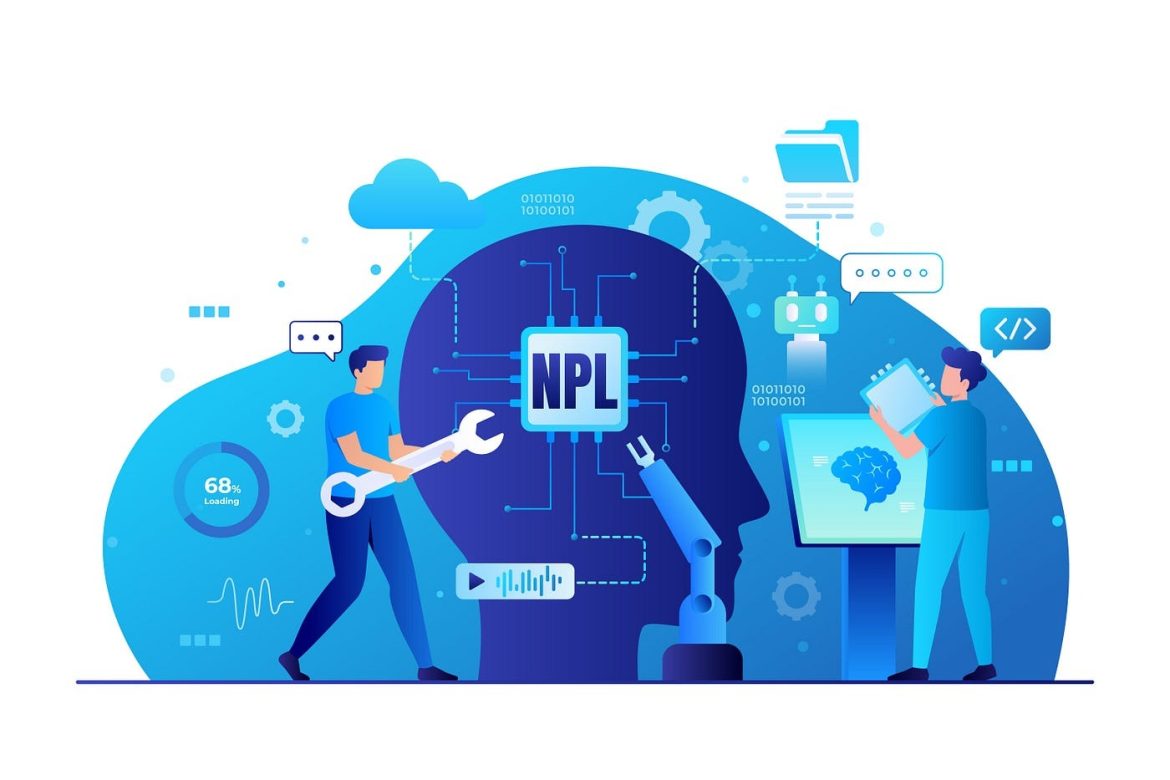In recent years, natural language processing (NLP) has seen remarkable advancements, primarily driven by the development of transformer models. These models have revolutionized the way machines understand and generate human language, leading to breakthroughs in various NLP tasks such as language translation, text summarization, sentiment analysis, and more. In this article, we will delve into the latest advancements in transformer models, exploring their architecture, training techniques, and applications in real-world scenarios.
Evolution of Transformer Models
Transformer models, introduced in the seminal paper “Attention is All You Need” by Vaswani et al., have become the cornerstone of modern NLP. Unlike earlier sequence-to-sequence models that relied heavily on recurrent neural networks (RNNs) or convolutional neural networks (CNNs), transformers leverage self-attention mechanisms to process input data in parallel, enabling more effective capture of long-range dependencies. Since the inception of the original transformer architecture, several variants and improvements have emerged, each addressing specific limitations and pushing the boundaries of NLP performance.
One notable evolution is the introduction of models like BERT (Bidirectional Encoder Representations from Transformers) and GPT (Generative Pre-trained Transformer), which employ large-scale unsupervised pre-training followed by fine-tuning on downstream tasks. These pre-trained transformer models have demonstrated remarkable effectiveness in capturing contextual information from vast amounts of text data, thereby achieving state-of-the-art performance across various NLP benchmarks.
Architectural Innovations
Recent advancements in transformer architectures have focused on enhancing model efficiency, scalability, and performance. Techniques such as model distillation, knowledge distillation, and sparse attention mechanisms have gained prominence in optimizing transformer models for deployment in resource-constrained environments. Moreover, researchers have explored novel architectural designs, including sparse transformers, performer architectures, and adaptive attention mechanisms, to address specific challenges such as reducing computation complexity and improving interpretability.
One notable example is the introduction of sparse attention mechanisms, which enable transformers to attend only to relevant input tokens, significantly reducing the computational cost associated with self-attention while preserving model performance. Additionally, techniques like reversible layers and low-rank factorization have been proposed to improve the scalability of transformer models, allowing for the processing of longer sequences with limited memory resources.
Training Strategies and Optimization Techniques
Training large-scale transformer models poses significant challenges, including the need for vast amounts of labeled data, extensive computational resources, and long training times. To address these challenges, researchers have developed innovative training strategies and optimization techniques aimed at accelerating convergence, improving generalization, and enhancing robustness.
One notable approach is the use of semi-supervised or self-supervised learning paradigms, where transformer models are pre-trained on large corpora of unlabeled text data using tasks such as masked language modeling or next sentence prediction. This pre-training phase provides the model with a strong initialization, allowing it to learn meaningful representations of language structure and semantics. Subsequently, fine-tuning on task-specific datasets enables the model to adapt its parameters to downstream tasks while leveraging the knowledge acquired during pre-training.
Applications in Real-World Scenarios
The advancements in transformer models have paved the way for their widespread adoption across various real-world applications. From virtual assistants and chatbots to content generation and document understanding, transformer-based NLP systems are powering a diverse range of use cases, driving innovation in industries such as healthcare, finance, e-commerce, and education.
For instance, in healthcare, transformer models are being used to analyze medical records, extract relevant information, and assist clinicians in diagnosing diseases and developing personalized treatment plans. In finance, these models are employed for sentiment analysis of financial news, risk assessment, fraud detection, and algorithmic trading. Similarly, in e-commerce, transformer-based recommendation systems are enhancing user experience by providing personalized product recommendations and improving search relevance.
Conclusion
The continuous advancements in transformer models have ushered in a new era of natural language processing, enabling machines to understand and generate human language with unprecedented accuracy and efficiency. From architectural innovations to training strategies and real-world applications, transformer-based NLP systems are at the forefront of AI-driven innovation, driving transformative changes across industries and unlocking new possibilities for human-machine interaction. As researchers continue to push the boundaries of NLP technology, we can expect further breakthroughs and advancements that will shape the future of communication and information processing in profound ways.
